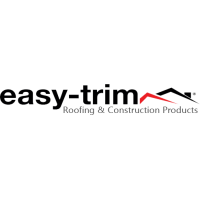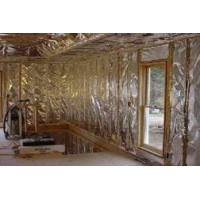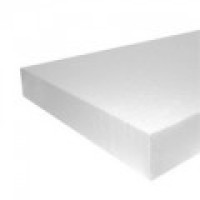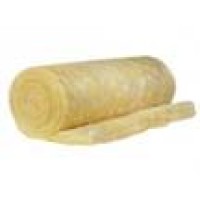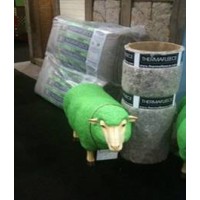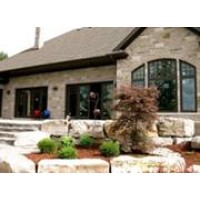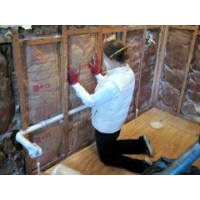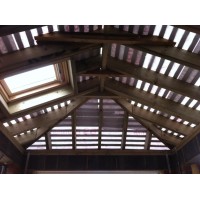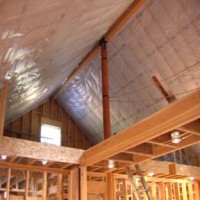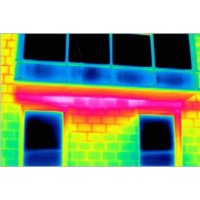Articles
Reflective Foil Insulation - Ways To Proper Insulation
Reflective foil insulation has superior performances when it comes to thermal insulation, that is keeping your home warm during the winter or cool in the summer.
Saving Energy During The Winter
Saving energy during the winter is a very important issue for many reasons. Not only because it helps you save money on your electricity bills, but also because it leads to optimal use of your heating system and enables you to control the inner temperature by simply applying some common tricks that can really make a difference.
Rigid Insulation Boards - Polystyrene Insulation Boards
Polystyrene Insulation Boards are a type of rigid insulation boards with very wide application now days, in almost every type of commercial and industrial buildings, due to their tough structure and rigidity which makes them both thermal and structural insulation material.
Insulating with Glass Wool Insulation
Glass wool insulation is only one of many ways of properly insulating your home and protecting it from harmful effects. Namely, the type of insulation we use is dictated by many factors, such as the part of our home we are insulating, since same kind of insulation is not used for your floors and walls...
Thermafleece Insulation
Thermafleece is a natural insulation material manufactured from British sheep wool and suitable for a variety of insulation uses like roof, wall and floor constructions.
Brick Slips - Modern Insulation Systems
Brick slips are natural and handmade thin clay bricks, suitable for both external and internal use and used for refurbishment and transformation of existing facades and internal walls but also for new build projects. Very easy to apply, lightweight and flexible, with very low or no maintenance costs, brick slips offer much more advantages than the traditional construction methods and insulation systems such as render-based systems, but providing same effects and results at much lower costs.
Proper Bathroom Insulation
Bathrooms have a reputation as a demanding insulation projects. When it comes to bathrooms insulation, main problem is moisture control. Hot water used during showering produces steam and increases humidity (the volume of water vapor in the air), which is, if not properly ventilated, than trapped in the bathroom walls, causing mildew growth and endangering your health.
Pitched Roof Insulation and Preferred Insulating Products
For pitched roof insulation most commonly used materials are glass or rock wool, and PIR insulation boards. Innovative eco products such as hemp and local British sheep's wool insulation, for example ThermaFleece Eco Rolls and ThermaFleece Original slabs (available in different lengths, widths and thickness), are also well suited for roof insulation and have multiple benefits both for the homeowners and the environment.
External wall insulation products and insulated render systems
If you think that your home requires a face lift or you simply want to repair the irregularities that you found on the external walls, rendering could be a solution. Between 30 and 35 percent of heat loss goes through the exterior walls. External wall insulation system functions as a thermal insulation barrier, protective layer and decorative façade.
Insulation, Vapor Barrier and Ventilation Working Together to Achieve the Best Result
Proper building insulation is much more complex then simply choosing and installing a certain insulation material. Heat transfer is the problem that is tackled by insulation application, but what about moisture? That’s where vapor barrier and good ventilation come in. In order to stop the moisture to pass through the wall, ceiling and floor, vapor barrier must be created on external and internal surfaces, especially in bathrooms, kitchens, lofts and roofs, and ventilation will stop condensation and mold growth in your home.
Thermal bridge - What is it and how to avoid it
Thermal bridge is created when materials with low thermal insulating characteristics come in contact with each other and create a funnel of unobstructed heat flow through that area, bypassing and rendering useless surrounding layers of insulation materials which are suppose to minimize transfer of heat. Heat loss areas mostly are located in walls, floor and roof.




























